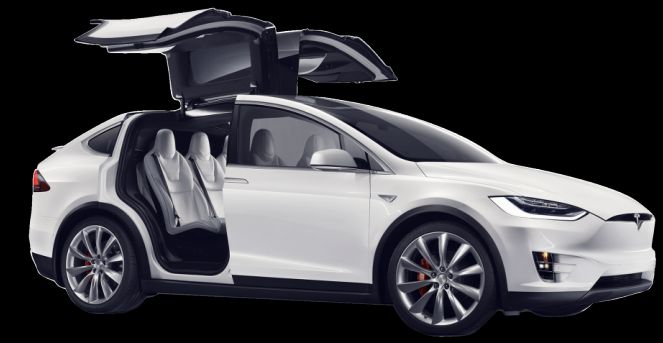Vehicles may be covered by the manufacturer’s warranty, but once that has run out, you are responsible for any breakdowns that might occur. By adding a Vehicle Protection Plan to your vehicle you will help offset the cost of any repairs you may need. We offer a variety of protection plans that can protect your vehicle including the expensive HYBRID components.

Vehicle Protection Plans
Repair Coverage
From basic coverage of a vehicle’s most expensive components to comprehensive bumper to bumper coverage like plans that rival a manufacturer’s basic factory warranty, our warranty plans can provide the coverage to fit your needs and your budget.
Guaranteed Asset Protection (GAP) insurance
What Is Gap Insurance And How Does It Work?
Gap insurance is meant to be used in conjunction with collision coverage or comprehensive coverage. If you have a covered claim, your collision coverage or comprehensive coverage would help pay for your totaled or stolen vehicle up to its depreciated value.
WHEN YOU MIGHT NEED GAP INSURANCE
Gap insurance coverage may apply if you’re underwater on your auto loan (meaning, you owe more than the car is worth) when your vehicle is stolen or totaled. “Totaled” means that repair costs exceed the value of the vehicle. Whether a vehicle is declared totaled depends on state laws and your insurer’s discretion.
HOW DOES GAP INSURANCE WORK?
Here’s an example of how gap insurance may work: Say you bought a car for $25,000. You still owe $20,000 on your auto loan when the car is totaled in a covered collision. Your collision coverage would pay your lender up to the totaled car’s depreciated value — say it’s worth $11,000. If you don’t have gap insurance, you would have to pay $9,000 out of your own pocket to settle your auto loan on the totaled car. If you have gap insurance, your insurer would help pay the $9,000 difference.